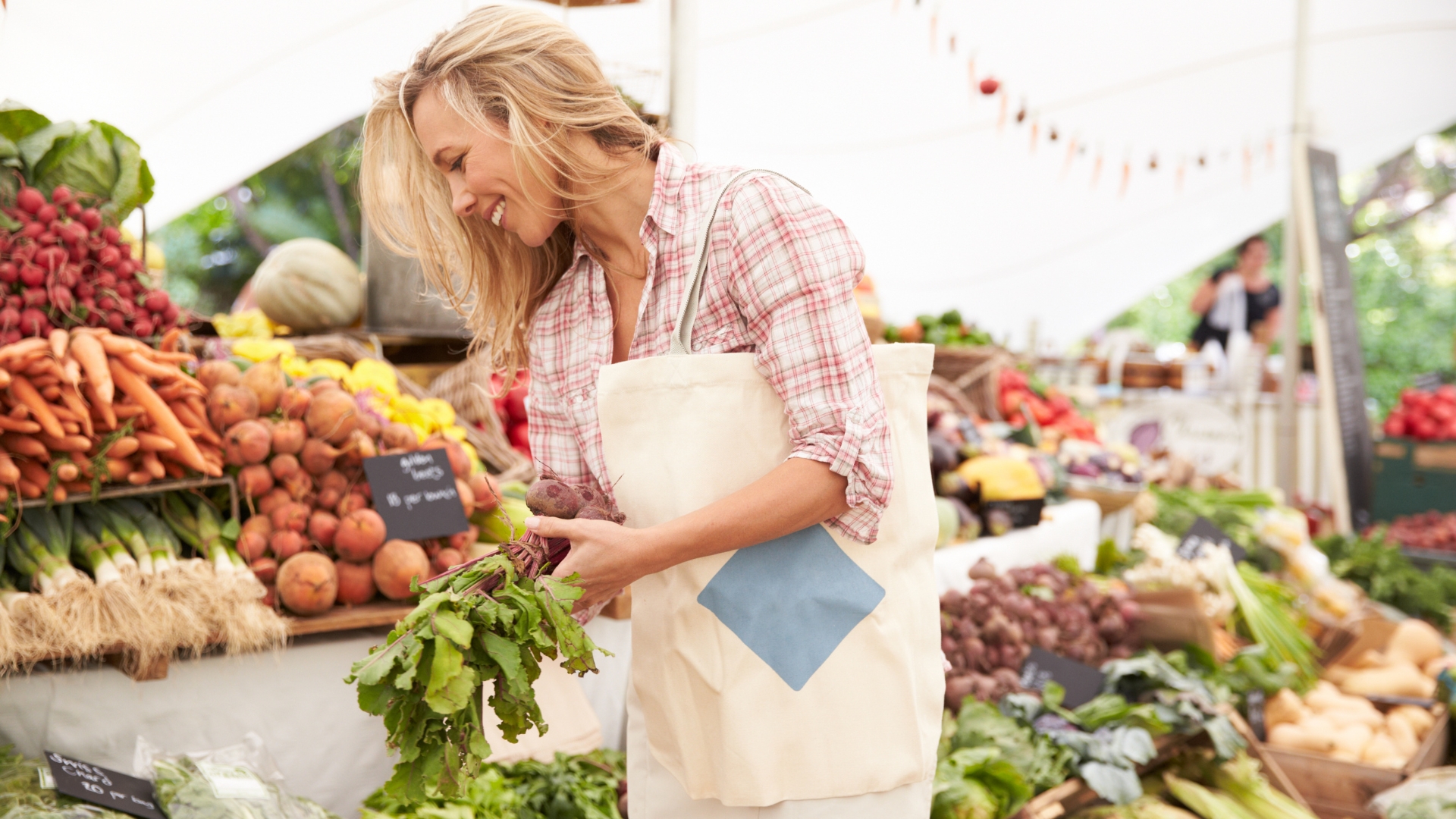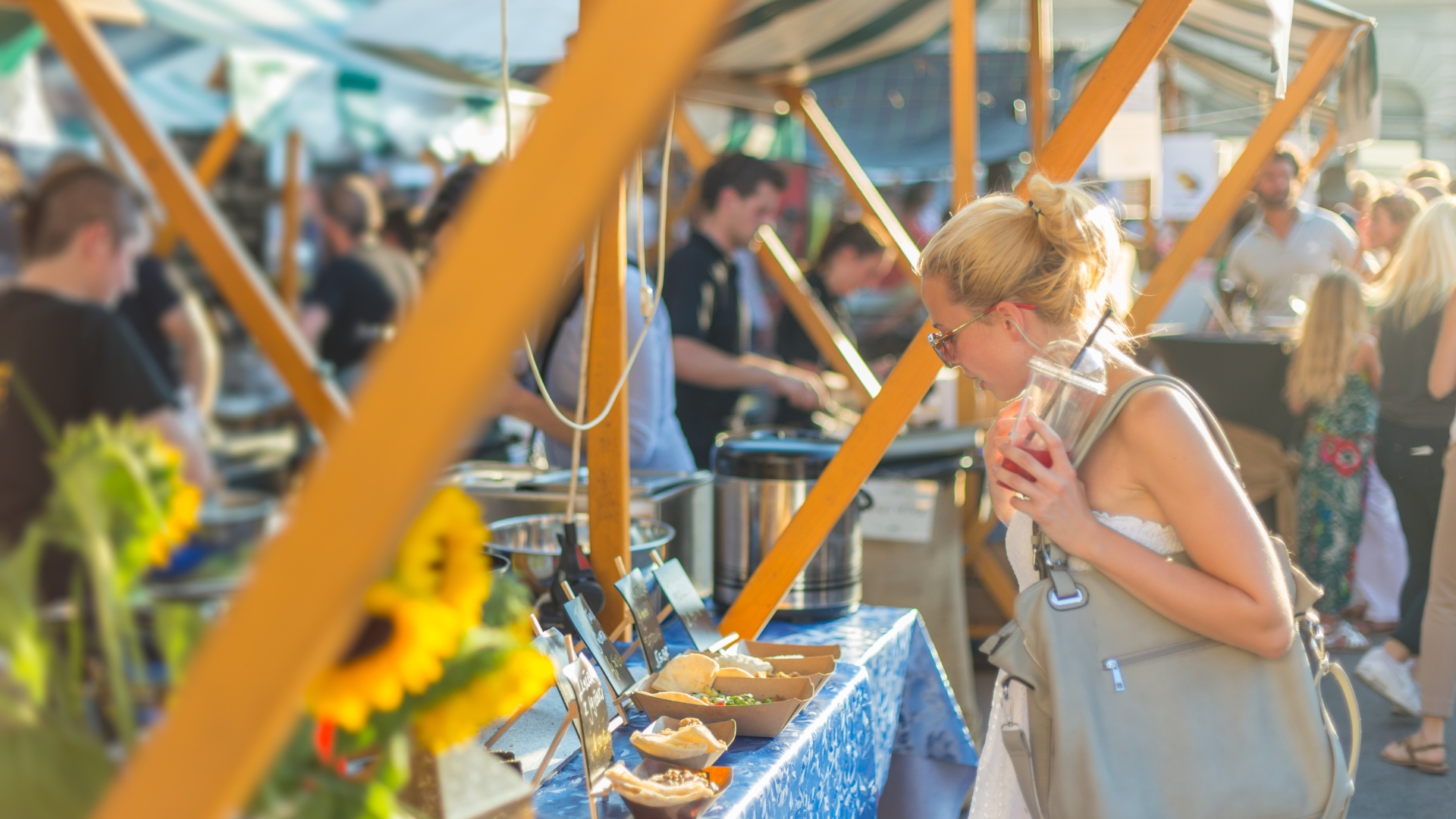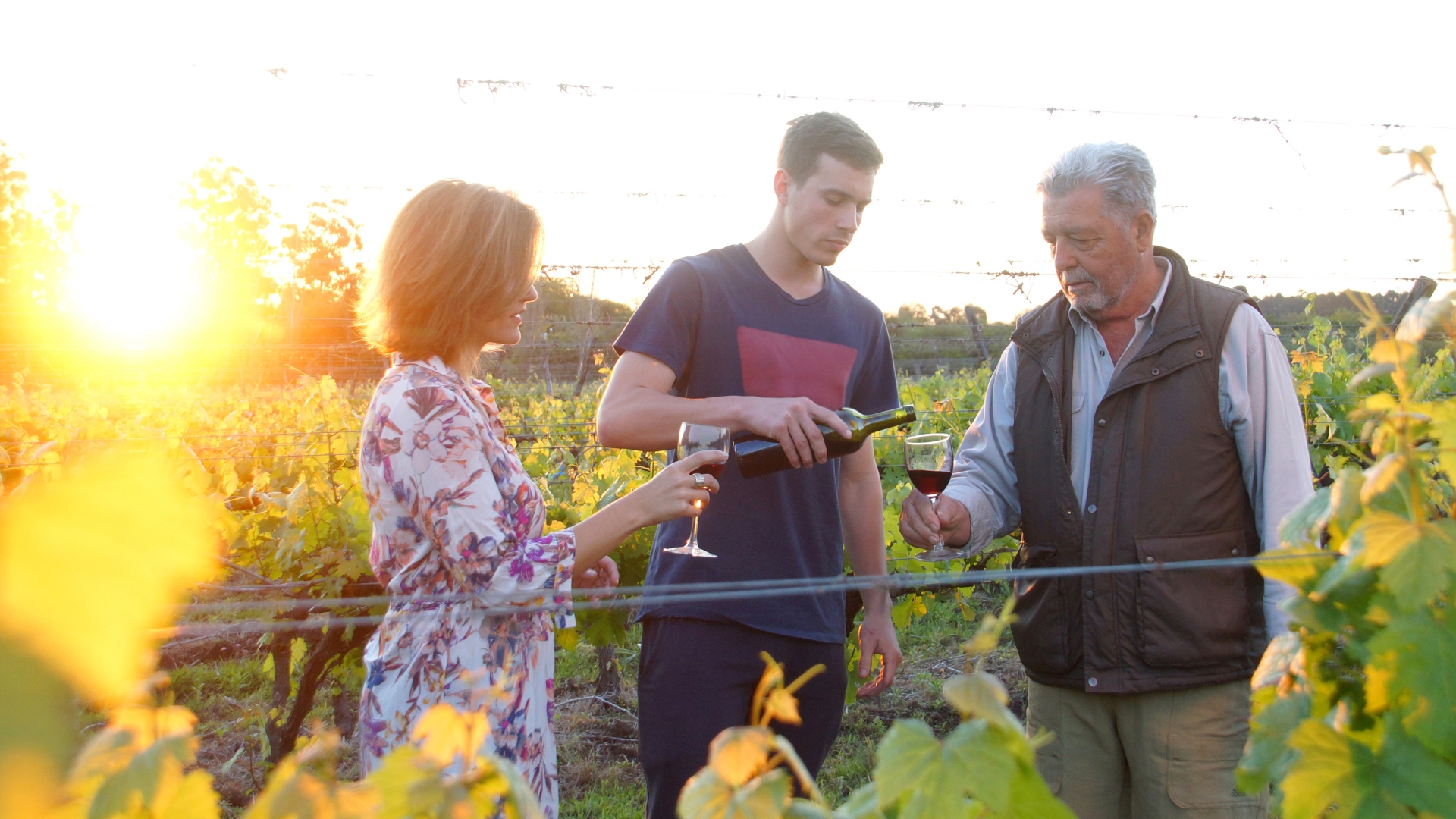Many travellers arrive in Australia expecting a food scene built around meat pies, lamingtons or café brunches. While these are part of the culture, they don’t represent the full picture. The country’s food identity includes native ingredients, regional produce, migrant influence, and a close connection to land and seasonality.
This gap between expectation and reality often leads visitors to miss the most meaningful food experiences. It’s easy to stick to hotel buffets, chain restaurants or familiar cafés—especially when you’re short on time or unsure where to start. But these places rarely reflect what locals actually eat or what the region grows, fishes or raises. Even road trippers often fall into a routine of fast food and highway stops, bypassing roadside stalls and markets just minutes off-route.
To get an accurate taste of Australia, you need to eat how locals do. That means seeking out food that’s shaped by place—seafood sold from trawlers, native herbs grown in the bush, or pastries from long-running bakeries in small towns. Australia’s regions offer distinct flavours tied to their climate and community, whether it’s tropical fruit in Far North Queensland or fire-cooked barramundi in the NT.
This guide shows how to find those foods, where to eat them, and what experiences are worth building your trip around. From weekly farmers markets to annual food festivals, there are clear signs of where locals go—and why it’s worth following.
Eat Like a Local and Get the Real Taste of the Country
Getting familiar with a region’s local food starts with knowing where people actually shop and eat. In most towns and regional centres, the growers market is a good place to begin. You’ll find seasonal produce, handmade goods, and direct access to producers. Most stallholders are open to questions—this helps identify what’s grown locally and what’s at its best.
In coastal areas, fresh seafood is often sold directly from fishing boats or nearby sheds. You’ll commonly see prawns, scallops, and bugs packed on ice, ready to take home or eat nearby. Inland, country bakeries tend to be the local favourite. These small shops often carry unique menu items tied to the area, such as curried scallop pies in Tasmania or braised beef rolls in the High Country of Victoria.
Native Australian ingredients are now more available due to wider use in both restaurants and home kitchens. Common examples include lemon myrtle, finger lime, saltbush, and kangaroo. These ingredients are no longer limited to specialty dishes—they’re being used more in everyday cooking across cities and regions.

Unique Bites Worth Tracking Down Across the States
Food culture across Australia varies widely between states, shaped by geography, migration and access to local produce. In New South Wales, Sydney’s suburbs offer diverse options—from Middle Eastern street food to Japanese izakayas. Outside the city, towns like Orange and Mudgee are known for their vineyards and restaurants that focus on seasonal ingredients.
Victoria’s food identity stretches beyond Melbourne’s laneways and cafés. The Mornington Peninsula offers local cheese, seafood and wine, while inland towns serve traditional meals in pubs that reflect their farming roots.
Queensland’s tropical climate supports a range of fruits like mangoes, jackfruit and lychees. In towns like Cairns and Townsville, seafood is widely available. Items like crocodile skewers and grilled barramundi are common on local menus.
In South Australia, food culture centres around wine regions and seafood. Adelaide’s Central Market remains a stronghold for local producers, and areas like the Eyre Peninsula are known for oysters and King George whiting.
Tasmania and the Northern Territory both showcase unique offerings. The NT focuses on bush ingredients and seafood from the Top End. Tasmania’s cooler climate supports salmon farming, cheese production and small-scale orchards.

Food Festivals and Tours Worth Planning Around
Food events across Australia highlight seasonal produce and give access to producers not typically available to tourists. These festivals and tours are held year-round and often include cooking demonstrations, guided tastings, and farm visits. Aligning travel dates with these events can improve access to local foods and region-specific experiences.
Key festivals include:
- Tasting Australia (SA)
Week-long program with long-table meals, kitchen workshops and paddock-to-plate experiences across South Australia. - Melbourne Food and Wine Festival (VIC)
Events across the city and surrounding regions, including rooftop tastings, wine masterclasses and regional food tours. - Noosa Eat & Drink Festival (QLD)
Coastal event featuring seafood, local produce and informal food experiences that attract both locals and visitors. - Taste of Tasmania (TAS)
Multi-day event offering small-batch products, cider, seafood and produce from across the island, often served by the makers.
Bush food tours led by Indigenous operators are also available in areas like Kakadu, the Daintree and the Kimberley. These tours focus on the sourcing, preparation and cultural uses of native ingredients.

Plan Food Trips with Regional Operators
Self-guided travel offers freedom, but food-focused trips often benefit from local input. Regional operators have direct knowledge of producers, seasonal availability, and food stops that aren’t featured in standard travel guides. This includes bakeries, farm stalls, or seafood sellers that operate on limited schedules or by word of mouth.
Local guides can also provide current, practical advice—such as which oyster farm is harvesting that week, or which winemaker has fresh stock available. Their insight is especially valuable in rural areas where opening hours and stock levels aren’t always updated online.
Food tours led by these operators may include tastings, visits to farms, or small cooking sessions with producers. These experiences give travellers a better understanding of how local food is grown, prepared and used. They also provide space to ask questions about ingredients and preparation methods.
Advance planning is recommended, as regional operators often work with small groups and have limited availability. Booking ahead is especially important during holidays and event weekends.

Travel With Austracks for Food-Focused Itineraries
Austracks offers regional travel options built around local food, seasonal produce and small-town hospitality. Their itineraries focus on places that supply and prepare food for the community, not just tourist visitors. Each route is planned by locals who live in the area and understand when, where and how to access regional highlights.
Instead of a generic checklist of cafés and restaurants, Austracks trips often include visits to weekly markets, food producers, and lesser-known bakeries or seafood vendors. These stops are selected based on freshness, timing, and connection to place—whether its stone fruit picked that morning or damper cooked on coals.
Austracks also helps travellers understand what’s on their plate. Guides often share insights into native foods, regional cooking styles and why certain dishes are common in specific areas. This approach supports producers while giving travellers a more complete view of local culture.
To plan a route that prioritises food, produce and place—not just photo stops—book with Austracks. Each trip is built to reflect what locals eat, grow, and make, with enough flexibility to pause at roadside stalls along the way.
Visit Austracks to plan a food-centred journey through regional Australia.
Frequently Asked Questions
What food is Australia known for?
There is no single national dish, but commonly referenced items include meat pies, roast lamb, pavlova and damper. Regional specialities differ based on local produce, climate and culture.
Can tourists try bush foods safely?
Yes. When sourced and prepared properly, native foods such as wattleseed, bush tomatoes and kangaroo are safe to eat. Many guided experiences and restaurants now use them in everyday meals.
Are vegetarian or vegan meals easy to find in regional areas?
Options vary by town, but plant-based meals are increasingly available. Most regional cafés and restaurants offer at least one vegetarian dish, especially near coastal or tourist areas.
How much should I expect to spend on food when travelling?
For casual meals, expect to pay $20–30 per person. Costs may be higher in capital cities. Shopping at growers markets or visiting local bakeries can be a more affordable option.
Should I book food tours ahead of time?
Yes. Small group tours, seasonal events and food festivals often sell out. Booking early secures a spot and allows time to adjust your travel plans if needed.



